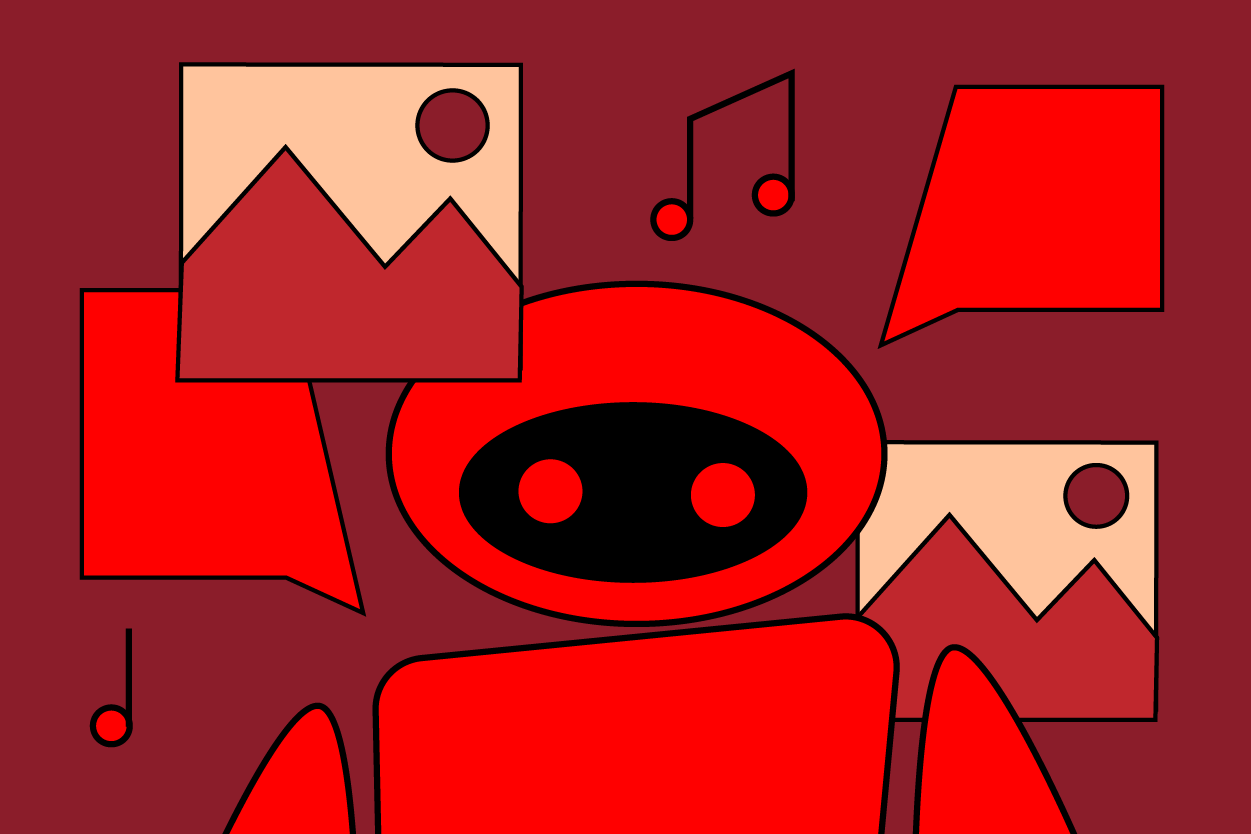Navigating a new social media platform can often feel like learning a new language. As you begin to familiarize yourself with the interface and functions, you're suddenly faced with unfamiliar terms, icons, and features. Such is often the case when diving into the decentralized world of Mastodon.
As an open-source, ad-free alternative to mainstream social media, Mastodon brings an exciting twist to digital interaction. It presents a fresh, community-focused approach that has caught the attention of individuals and businesses alike. Yet, to tap into its full potential and join the conversation, you first need to understand its unique language.

If you're a publisher looking to broaden your digital horizons and venture into the Mastodon landscape, you've come to the right place. This blog post aims to equip you with the key Mastodon phrases, their meanings, and their applications. By the end of this guide, you'll be able to toot, boost, and navigate the local and federated timelines like a pro.
- Mastodon: An open-source, decentralized social network platform.
- Instance: An individual Mastodon server. Each instance has its own rules, administrators, and community.
- Toot: The equivalent of a "tweet" on Twitter or a "post" on Facebook. A toot can be up to 500 characters long.
- Boost: Similar to a "retweet" on Twitter, boosting shares another user's toot with your own followers.
- Favourite: Similar to "liking" a post on other social media platforms, favoriting a toot shows appreciation or interest.
- Timeline: The feed of toots from people you follow, as well as your own toots.
- Local Timeline: The feed of toots from people on your instance.
- Federated Timeline: The feed of all public toots from all instances that your instance is connected to.
- Content Warning (CW): A feature that allows users to hide sensitive or spoiler content behind a warning message.
- Followers-Only: A privacy setting that ensures a toot is visible only to the user's followers.
- Direct Post: A privacy setting that sends a toot directly to a specific user, similar to a direct message.
- Public Post: A toot that is visible to everyone, including on the Federated Timeline.
- Verified Email Address: A user's email address that has been confirmed to prevent spam and ensure the security of the account.
- Bot: An automated account programmed to perform specific tasks.
- Mute: A feature that allows users to stop seeing another user's toots without having to block them.
- Block: A feature that prevents a user from interacting with you or seeing your toots.
- Report: A tool to alert an instance's moderators about a user's harmful behavior or content.
- Hashtag: A word or phrase prefixed by "#" used to group toots by topic.
- Mastodon Art: A feature where artists can share their artwork with the Mastodon community.
- IndieWeb Movement: A global community working to create an open web based on principles of ownership, control of one's own data, and interconnectivity.




